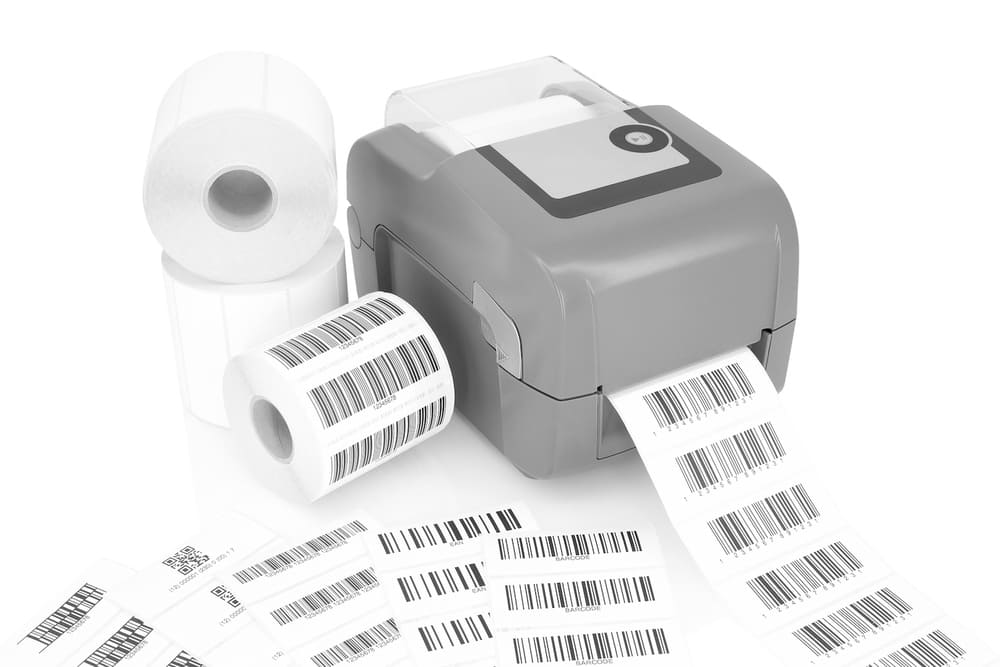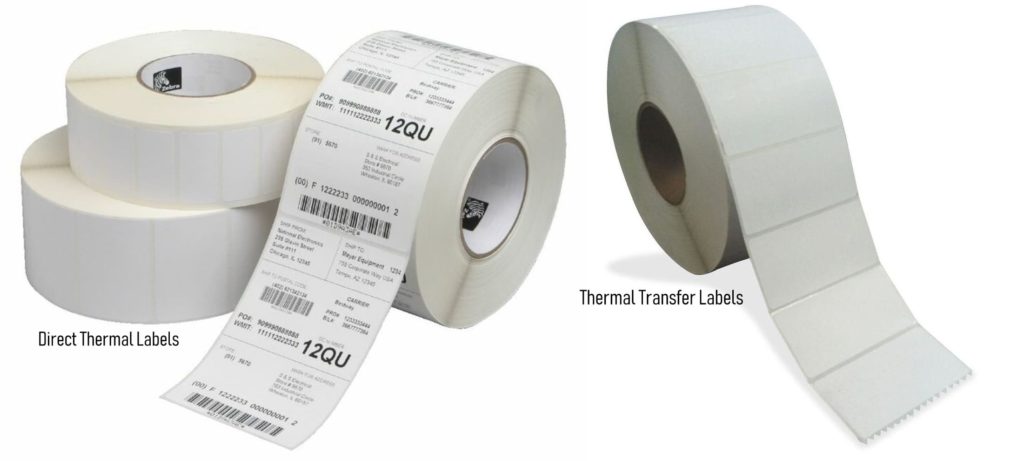
When it comes to tackling your labelling requirements at the office, the thermal labels emerge as an integral part of running a successful business and creating professional labels on your own. Thermal labels are needed in each step of the business’s operations starting from the storage, inventory and finishing with the providing product information. Therefore, quality thermal labels will enable your business quality in the way you place information about the products.
There are, however, two types of thermal labels: direct thermal labels and thermal transfer labels and there are important differences between the two. In order to make the right decision and buy the suitable type, here is everything you need to know about thermal labels.
Direct Thermal Labels
You need no ink, toner or a thermal ribbon to print on direct thermal labels. You need a thermal printer which will print the labels by applying heat from the thermal print head to the direct thermal labels. The direct thermal labels are made from a heat-sensitive material and this material turns the label dark on the spot where the heat is applied and it is there that the image is created.
It is recommended to use the direct thermal labels for short-term operations because they are not scratch-resistant and will start to lose the colour contrast if they are exposed to bright light, extreme heat and this will make them hard to eat. You can find quality direct thermal labels Australia wide, but they wouldn’t last more than a year.
Therefore, direct thermal labels are best to be used in small parcel delivery and mailing as well as retail and food industries where the operations are quickly completed or the products and goods are kept out of sunlight and heat. Also, you can use the direct thermal labels for receipts, shipping labels, name tags, barcodes and passes.

Thermal Transfer Labels
Contrary to the way the direct thermal labels are printed, the thermal transfer labels DO require a thermal ribbon for printing. They are printed when heat is applied to the thermal printer head, which transfers the image using a wax or resin thermal ribbon to the label.
These labels are much more durable than the direct thermal labels and are also scratch-resistant. This makes them ideal for longer-lasting operations or for labelling requirements that include exposure to the elements. They are excellent to be used as barcodes or product information because it can maintain their legibility in excellent condition even after one year after they are printed.
Therefore, using them as inventory identification labels on pharmaceutical products or hazardous materials is what the thermal labels’ purpose is for. They are excellent to use in freezing conditions where the temperature is well below zero as well as in facilities where the temperature is very high.
Cost
When it comes to the cost thermal transfer the price difference is not that big between the two types. The direct thermal labels are a bit more expensive but if you calculate that Thermal transfer labels have the added expense of the ribbon – the difference in price vanishes. However, the difference in price between the two types of printers needed for printing the labels is noticeable. Thermal transfer printers are basically more expensive than direct thermal printers. But, the advantage of the thermal transfer printers is that they can also print on direct thermal labels media without a ribbon.
To Sum Up
Before you choose the type of thermal labels you are going to use for your business needs, try considering the following thing: do you need labels just to print text on them or high density bar codes; do you want the labels to last over one year; do you want to print in colour or just in black and whether your labels will be used on products being delivered to a long distance. The answers would help you make the right decision.
